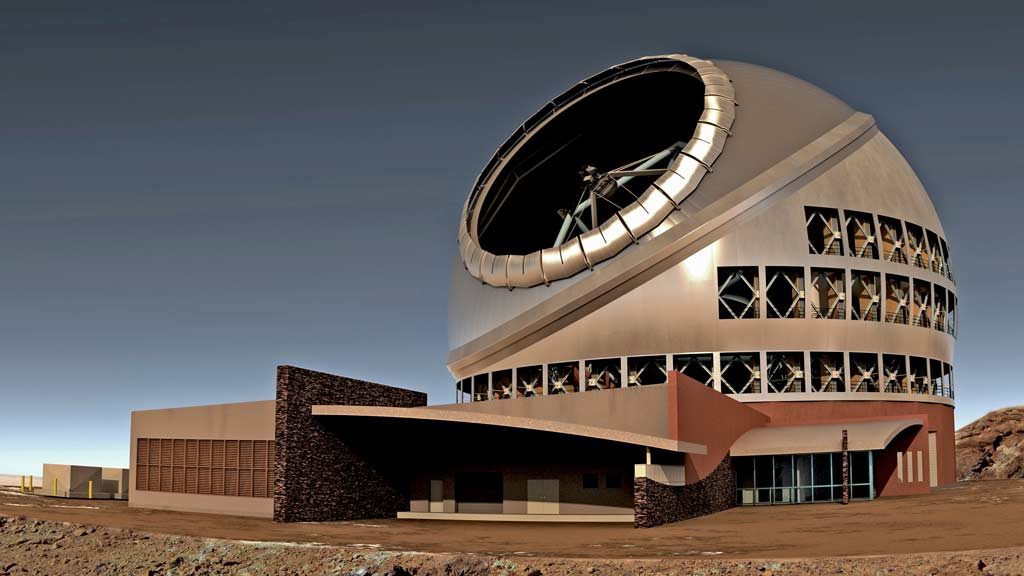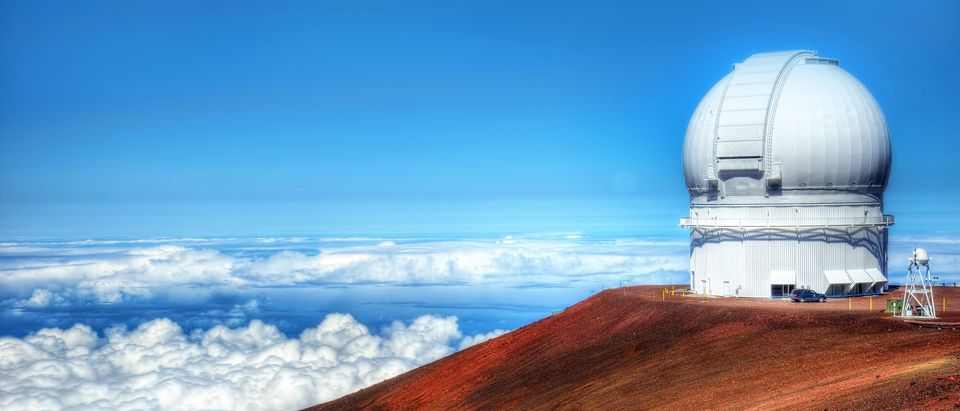


Yet foreign astronomers continue to propose new projects, including the TMT, which was pitched by a collection of international universities and funders in the 2000s. And, unfortunately, many of the things they were concerned about came to fruition : The telescopes on Mauna Kea severely damaged the natural, archeological and historical resources of the Mauna. Kānaka have been concerned over the development of massive projects from the start because the management, environmental and cultural practices didn’t check out. īut for the past 40 years, foreign astronomers have flocked to Mauna Kea to build 13 telescopes without permission from Native Hawaiians. For centuries, it has been recognized as a sacred place as well as a location for Kānaka astronomers to develop astronomical insights about the universe. For Kānaka, Mauna Kea is the “piko:” the umbilical cord and the center where Wākea (Sky Father) and Papahānaumoku (Earth Mother) meet. It is also the most sacred place in the Kapu system, the religion of Kānaka Maoli. Located on the Big Island of Hawai’i, Mauna Kea is the tallest mountain in the world. government formally recognized the illegal overthrow. But it was only 30 years ago that the U.S. Kānaka Maoli have known this since the invasion and have resisted occupation for the last two centuries. These actions were later written into the law of the U.S. troops invaded Hawai’i, imprisoned the queen and overthrew the Kingdom of Hawai’i. and other countries throughout the world as an independent, self-ruled state: It had its own political institutions, cultural and religious practices, and territories. Until the late 19th century, the Kingdom of Hawai’i was recognized by the U.S. The Thirty Meter Telescope is a colonial project, and it’s born out of the United States’ relationship to Hawai’i. Tell the University of California to divest from the Thirty Meter Telescope (TMT) project. It’s Asian American and Pacific Islander Heritage Month, and there’s one thing that all UC Santa Barbara students can do to support the Kānaka Maoli (Native Hawaiian) community:


 0 kommentar(er)
0 kommentar(er)
